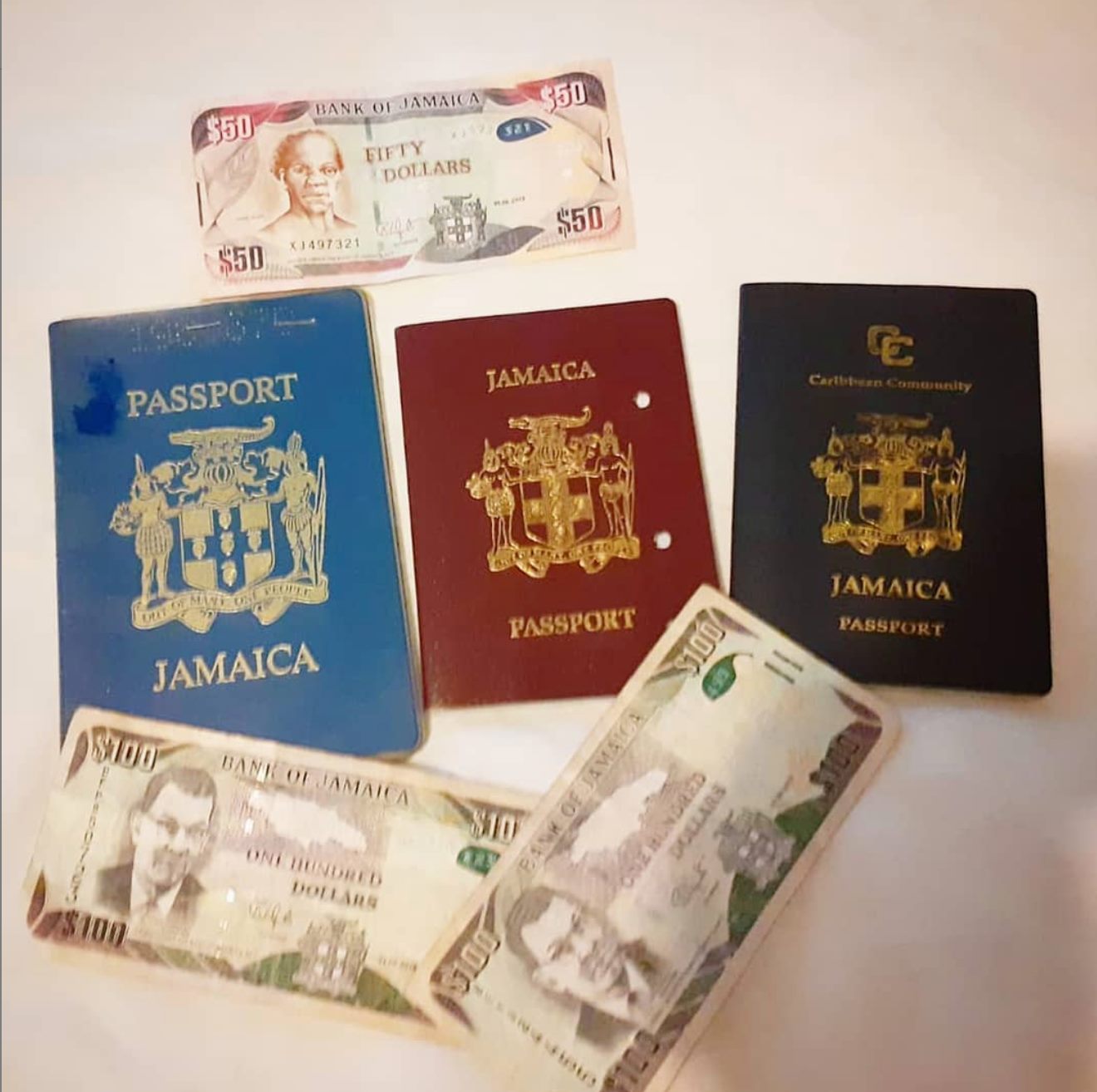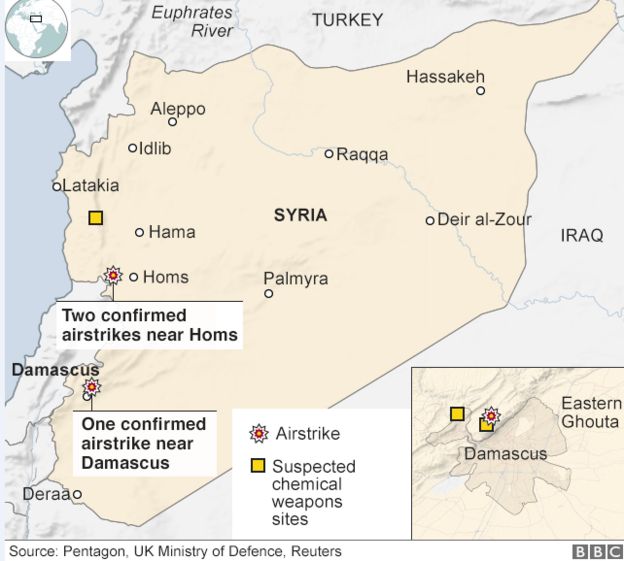Add to your repertoire of cake decorating colors by mixing primary colors together to make secondary colors. These colors are made by mixing together equal parts of different primary colors. Mix two drops of blue food coloring together with two drops of red to make purple food coloring. Combine two drops of red food coloring with two drops of yellow food coloring to make orange.
Make green food coloring by mixing two drops of yellow food coloring with two drops of blue. While chocolate icing sometimes serves as an adequate brown color for cake decorating, sometimes a deeper or lighter brown is required. Mix together two drops of red and two drops of green food coloring to make a dark brown.
Lighten the brown food coloring to a tan color by adding two drops of yellow at a time. Mix and then add more yellow until the coloring reaches the shade of brown you want. Make black food coloring with three drops of blue, three drops of red and two drops of green food coloring. Begin by mixing the blue and green food dyes into the base that you wish to color. To make a turquoise shade, add 3 drops of green food coloring to every 5 drops of blue food coloring. Despite concerns expressed that food colorings may cause ADHD-like behavior in children, the collective evidence does not support this assertion.
The U.S. FDA did not make changes following the publication of the Southampton study. Food colors help in making food visually appealing. Most of us are attracted to a particular food just because the color of the food attracts us. You can mix different colors and come up with different shades and make your cakes and pastries look more attractive.
You will find four basic food colors in grocery stores; red, green, yellow, and blue. These are primary food colors used for mixing and coming up with different shades. You may also come across different food colorings like pink, orange, black, and purple in stores. Food manufacturers often prefer artificial food dyes over natural food colorings, such as beta carotene and beet extract, because they produce a more vibrant color.
Thanks to this cool recipe from Eating Vibrantly, you can make your own rainbow sprinkles with natural food dye. These colors are notoriously difficult to achieve, even for makers of synthetic food coloring. Your best option is to work with red cabbage or radicchio. Per the instructions at Whole New Mom, start by washing and chopping the cabbage ; put the cabbage in a pot, cover with water, and simmer on the stovetop for 10 minutes. This process will leave you with a purple liquid. Use it as-is if you want a purple color, or add ½ teaspoon increments of baking soda until the liquid becomes a bright blue.
It's partly because we eat more processed foods overall and also because food colorants have snuck into more foods. One study found that 90 percent of supermarket food products marketed to kids contain artificial food colors. Perhaps surprisingly, food dyes are found outside of food aisles.
They're also used in some body care products such as toothpaste, mouthwash, and vitamins. You can make your own royal blue by adding drops of blue food coloring and six to eight drops of red food coloring to the mix. Allow the frosting to stand upright for 24 to 60 minutes, depending on whether it is mixed thoroughly.
It might be better to add more food coloring if it comes out a different shade. This is nothing but a simple application of some basic scientific concepts about colors. While, primary colors cannot be made by mixing other colors, secondary and tertiary colors can be prepared by mixing primary colors in the right way. So, black food coloring can be made using this concept.
If you are interested, you may try making some unique food colors, using the same idea. However, make sure that the proportion is right, while mixing the colors. If you are not satisfied with the results, then try to purchase a black food color from the store. You may opt for the powder or liquid form, as per your requirement. Nowadays, food color pen is also available in the market. To make a cake that coordinates with any color scheme, continue to blend your newly created colors for even more.
Make lime green food coloring by mixing three drops of yellow with one drop of the green food coloring. Mix two drops of green food coloring with four drops of blue to make aquamarine. Combine three drops of purple food coloring with two drops of blue to make a blue-violet food coloring. When you combine three drops of purple food coloring with two drops of red you now have a red-violet food coloring.
Create chartreuse food coloring with nine drops of yellow and one drop of green food coloring. But there are many other color options beyond the three primary colors and making different food colorings can be a fun and easy way to add some pizzazz to your plate. While almost any natural food dye alternative will produce a less vibrant or concentrated hue, you can leverage that for really lovely naturally colored foods.
Ultimately, when you want to make a purple food coloring, blue and red are the two-color dyes required. Remember, the mixture of blue and red, two primary colors, produces a purple shade, a secondary color. Additionally, you can make different variations of the purple food coloring by utilizing other blue to red food dye ratios. You have probably guessed by now that I am talking about artificial food dyes. The US consumes 15 million pounds of these chemicals each year and it's not just in colored icings.
It's found in foods and personal health items that would never cross your mind to check. Think vanilla frosting, white sprinkles, shampoo, Lunchables, yogurt, and even brown cereals. To create a dark brown, combine two drops of red and two drops of green food coloring. Add two drops of yellow food coloring at a time to lighten the brown food coloring to a tan hue.
Mix in additional yellow until the coloring reaches the desired shade of brown. These dyes include using liquid dyes and gel food coloring. These are the two food colorings that you need to prepare for the creation of purple food coloring. Gel food colorings are usually more intense than traditional ones, so it's best to start with tiny amounts. You may also prefer to have a drop stopper to count the number of drops per color.
As this can be tricky and the ratios are only estimates, try to make test trials before testing it out with your pastry. The intensity of food colours is influenced by many things. Colours will deepen in buttercream icing as it dries, while it will lighten in royal icing as it dries. Some acidic ingredients, such as lemon juice and cream of tartar will cause colours to change as well. Black Food Colour Gel develops over time so it's best to let your icing sit for a few minutes to allow it to reach full intensity.
If you'd like to make jet black icing, we recommend making buttercream or cream cheese icing, not swiss meringue buttercream or royal icing. Visit our Black Recipe Collection for jet black icing recipes. You can make black color by mixing equal parts of all the three primary colors.
It is possible that you may have to add more of red food color to get the desired black shade. People, especially children get attracted to foods by focusing on the colors. You can get more creative in your kitchen and come up with unique color shades to decorate you cakes with colorful icing. With this Tastessence article on food coloring chart you can learn how to mix different food colors and add a splash of color to your food. I usually use these natural food colorings in cold applications, to tint frostings, icings, and glazes. It should also be noted that the food colorings themselves should be cooled completely before you add them to any recipe.
Because natural food coloring contains other foods, strongly colored foods also tend to be strongly flavored foods. So avoid using large quantities of homemade food dyes in your food to ensure it doesn't overpower the food or render it inedible. For example, a small amount of cinnamon can add a deep brown color, but a large amount will make it difficult to taste anything but cinnamon. Finding natural food coloring options are easier than you might think. I got started on this mission because I was concerned about all the food dyes and food coloring additives that I was seeing in my kids' food.
You may be curious about some of the ingredients in color additives. A green food coloring or dye available at a neighborhood grocery store may contain water; propylene glycol ; the U.S. Food and Drug Administration -certified color additives FD&C YELLOW 5, FD&C BLUE 1 and propylparaben . Some green food dyes use spirulina, a blue-green algae, as a colorant.
Liquid food coloring and white frosting, which you can buy or create yourself, are all you need to make this icing. Fill the bowl with one drop of green food coloring and three drops of yellow food coloring. If required, add additional yellow food coloring to make the icing brighter.
You can make homemade blue food coloring too! Blue is easy to make, but it just takes an extra step. You'll simmer your red cabbage in water until it's soft. Once softened, you'll strain off the red cabbage and find that you're left with a lovely lavender shade.
How To Make Green With Yellow And Blue That lovely lavender can also be used as a purple food coloring because it can easily turn into other colors when exposed to certain ingredients. We're in the Halloween spirit, so we colored buttercream frosting with vibrant natural food dye for spooky cupcakes. We used our vanilla cake recipe and our classic chocolate cupcake recipe.
The food color wheel comprises three primary colors , which can be mixed with each other to yield various other colors. You can mix the two primary colors and come up with a secondary color. You can even mix two secondary colors to get a different tertiary color. For example, mixing red and yellow will give you orange, while mixing yellow and blue will give you green, and mixing red and blue will give violet. You need to add drops of color in equal amount to get these secondary colors;orange, green and violet.
Afterward, with one cup of frosting, make sure to modify the ratios depending on your recipe. In this regard, make the color of a deep grape taffy with 80 drops of blue food coloring and 180 drops of red food coloring. Next, be sure to blend them into a cup of white frosting. The food colors are known by E numbers that begin with a 1, such as E100 or E161b . The safety of food colors and other food additives in the EU is evaluated by the European Food Safety Authority. This is binding to all member countries of the EU.
Any changes have to be implemented into their national laws within a given time frame. In non-EU member states, food additives are regulated by their national authorities, which usually, but not in all cases, try to harmonize with the laws adopted by the EU. Most other countries have their own regulations and list of food colors which can be used in various applications, including maximum daily intake limits.
It is challenging to create a dark blue frosting … the yellow-ish hue from buttercream frosting when mixed with blue food coloring will inevitably give you a teal frosting. We've tried many different food colorings and color combinations but we think we've got the perfect mix for a patriotic blue frosting. Red cabbage requires a tiny bit of extra effort to turn it into food dye, but the pure blue color is totally worth it.
Chop about 1/4 head of red cabbage; put the cabbage in a saucepan with about 1 cup water. Bring to a boil, reduce heat to maintain a simmer, and cook 20 minutes. Strain or lift out and discard the cabbage pieces.
Stir 1 teaspoon baking soda into the purple liquid to turn it blue. Boil to reduce to about half its original volume, or even more for a deeper and more intense blue. Powder food coloring is a completely dry form of food dye with no liquid. It is perfect for mixes that are sensitive to the amount of added liquid such as chocolate or macarons. It can also be used dry to brush directly onto food as decoration. Due to its dry consistency, it is not very easy to incorporate into thick batter, and adding too much can dry out a mix.
Allow the mixture to sit 5-10 mins after incorporating the dye in order to let the color fully develop. Liqua-Gel is also water based but contains glycerine and corn syrup, which makes it a semi-thick gel and concentrated form of food coloring. If it's the first time you use Liqua-Gel, it is always best to start by adding one drop at a time, mixing it well and then adding another drop if needed. This way you will avoid ending up with a darker than desired color. With the problems of artificial colorings in our food chain, this natural food coloring recipe was a pleasure to try. For the pink, I believe you can use fresh beets that have been cooked and use the cooking water.



















































